Patterns
Kits
sundries
knitting tools, buttons and notions, project bags and other pleasing little things
knitting tools, buttons and notions, project bags and other pleasing little things
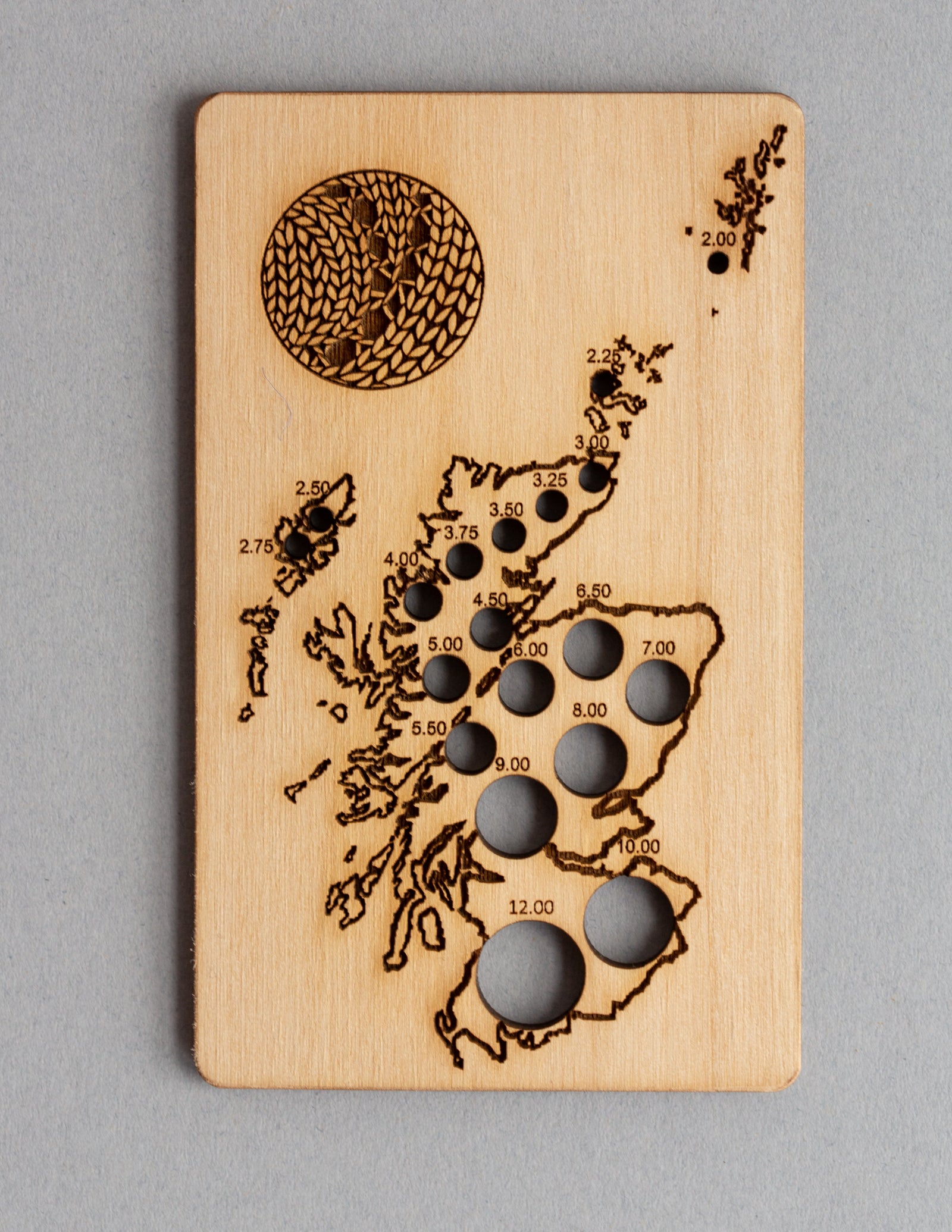
Exclusive Scotland needle gauge by Katrinkles
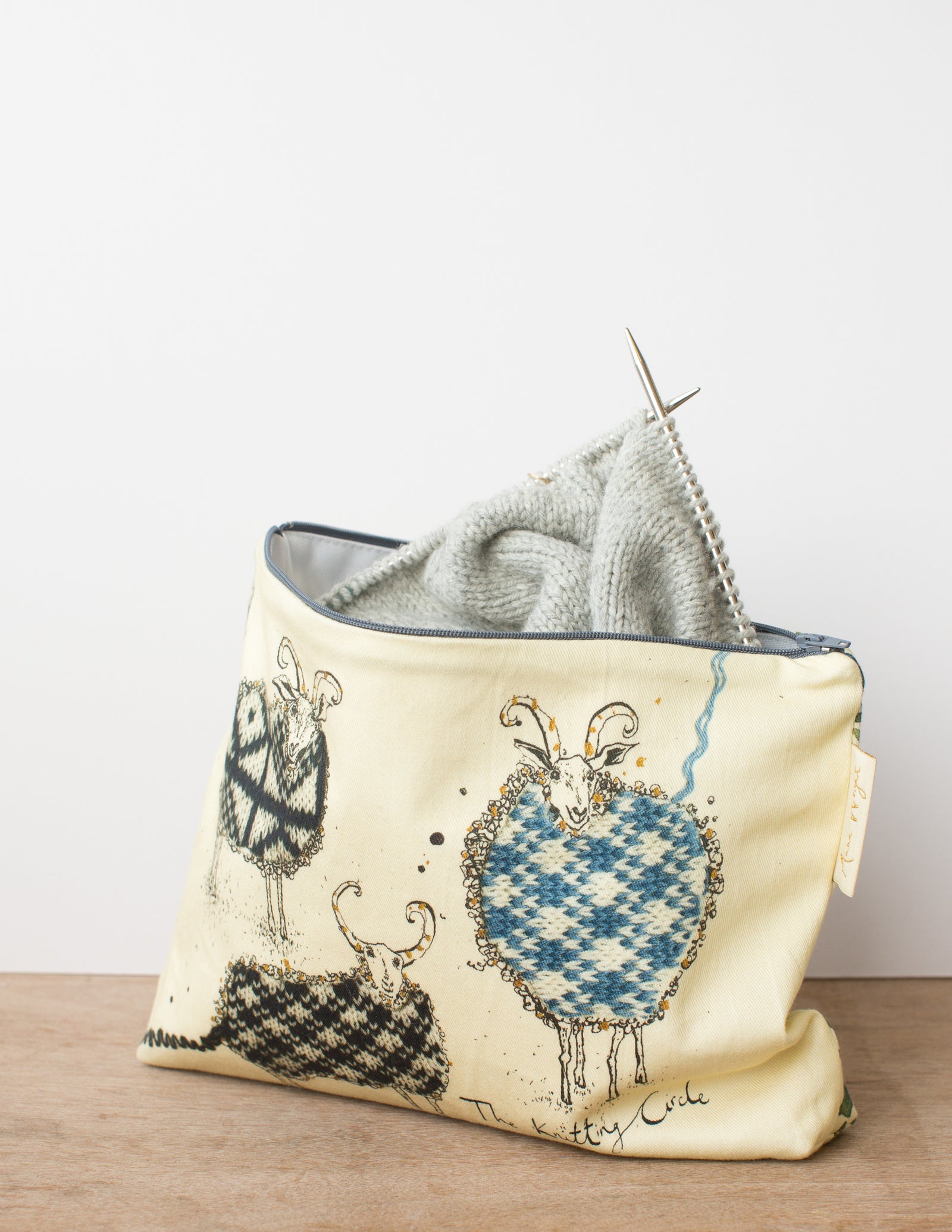
Zippered pouches in two sizes by our studio neighbour Anna Wright
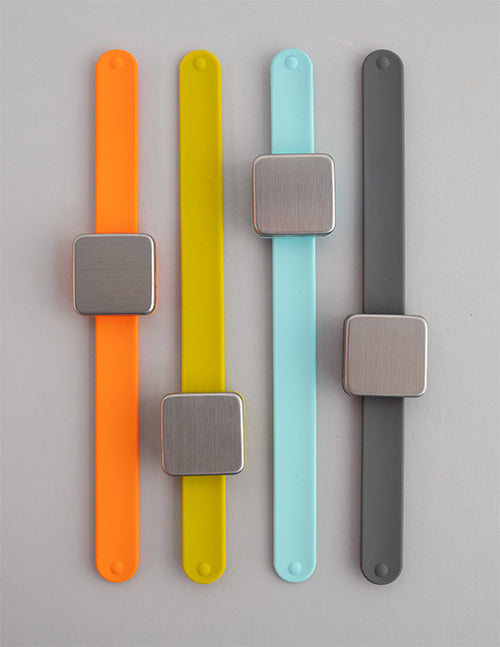
keep small tools accessible with the Maker's Keep
gift 2019
Subscribe to our Colourwork Club for a gift that lasts well into the new year. Your recipient will receive a new colourwork kit in Janurary, February and March
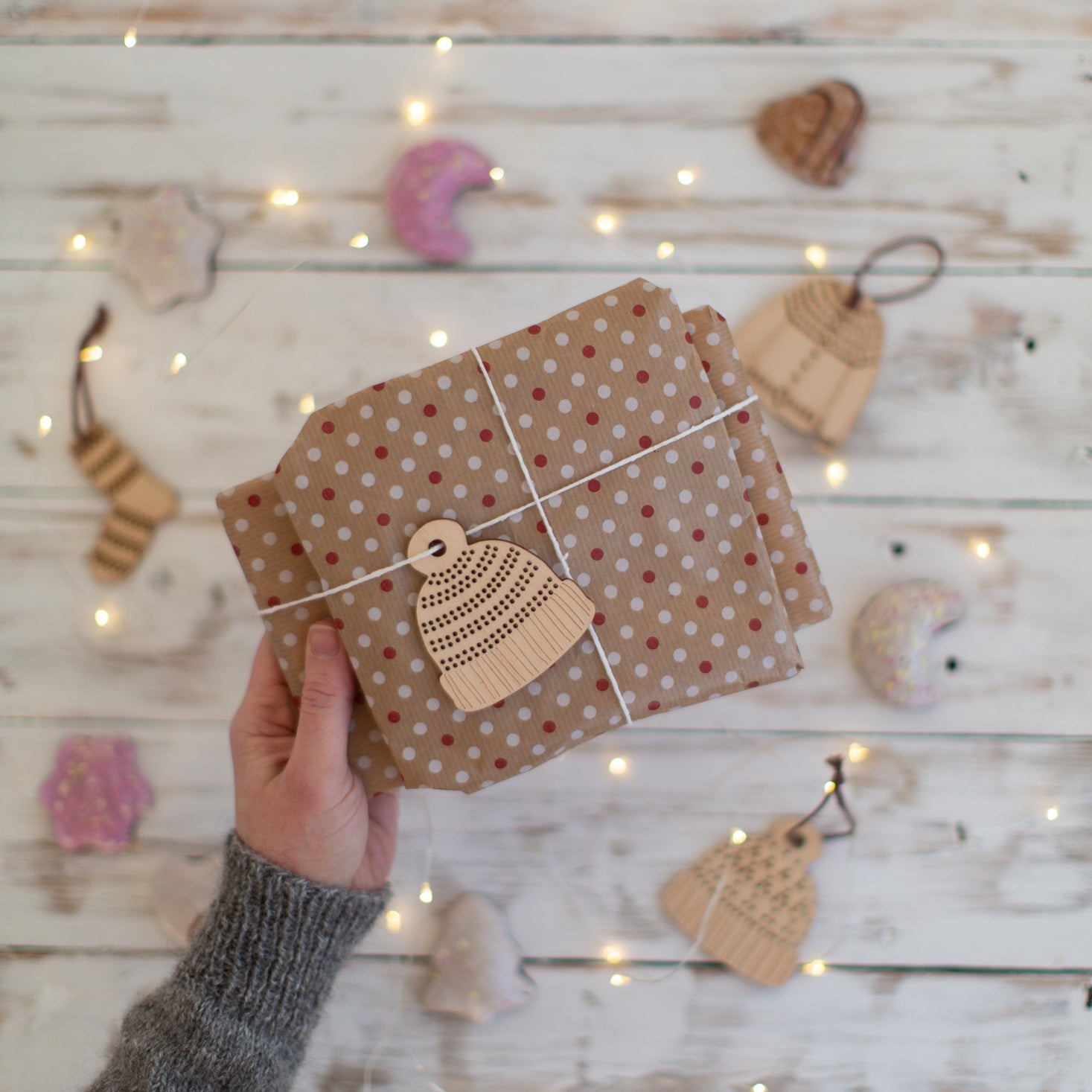
Subscribe to our Colourwork Club for a gift that lasts well into the new year. Your recipient will receive a new colourwork kit in Janurary, February and March
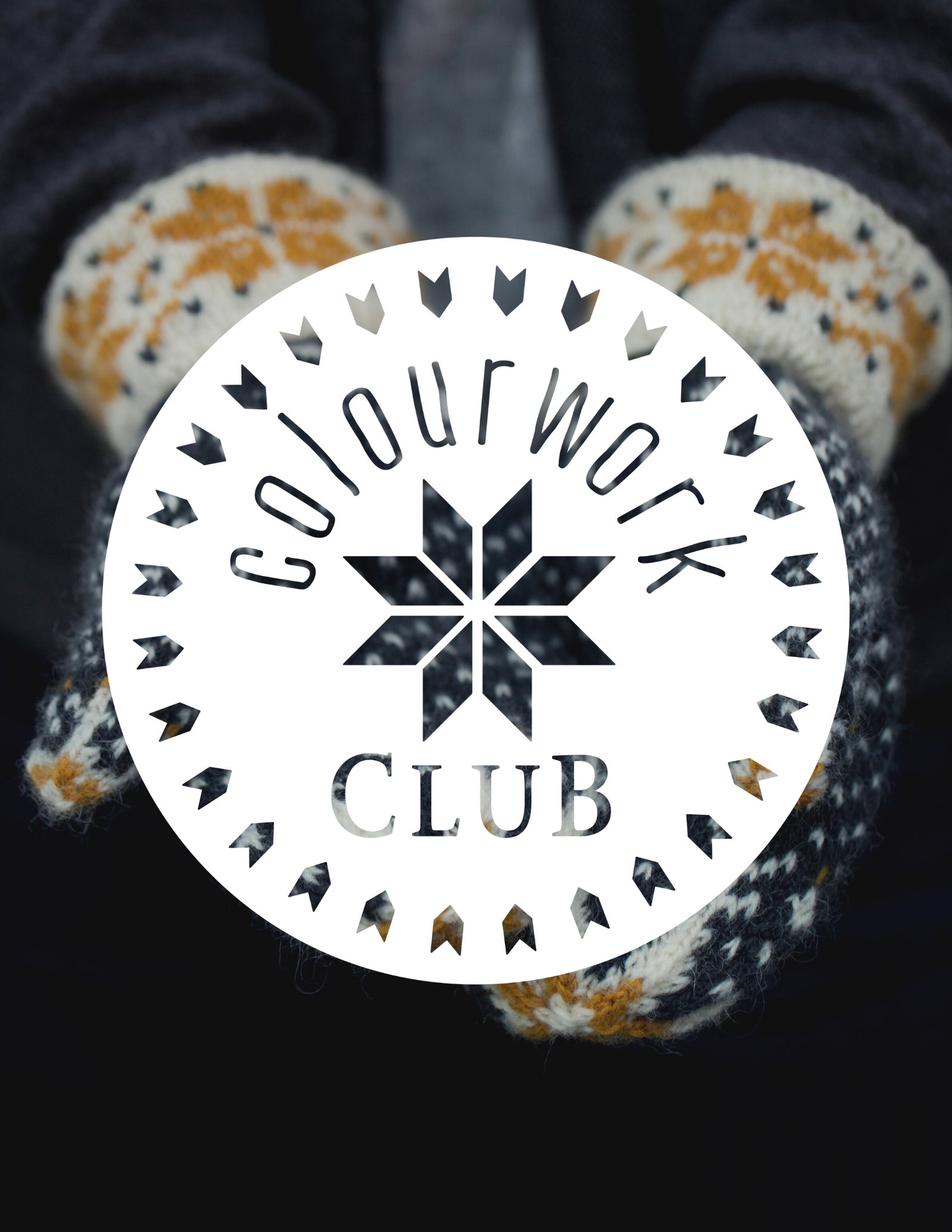
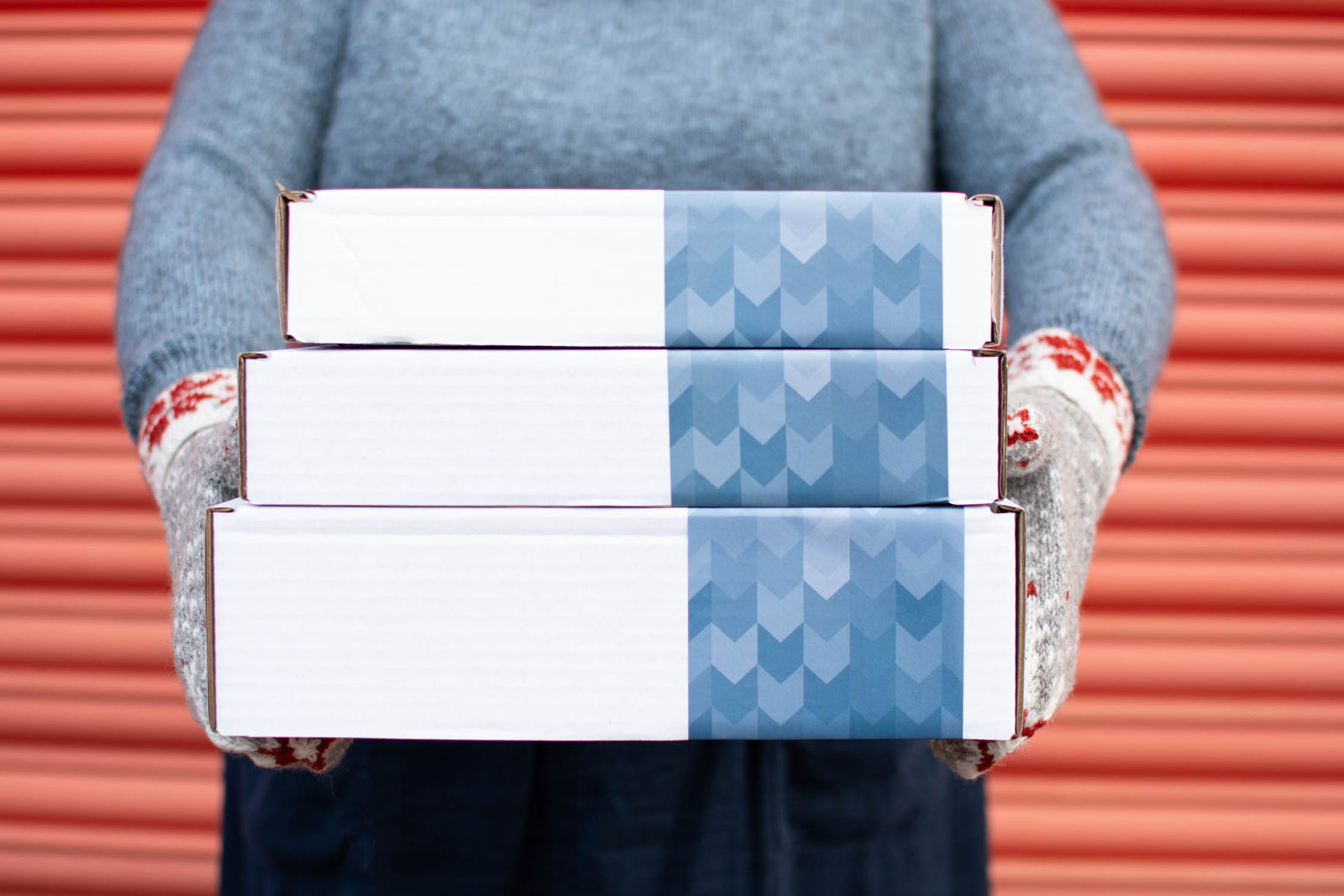
Last minute shopping? Gift cards are delivered electronically - forward the email or print it for your recipient. A range of amounts are available and gift cards don't expire.

Cruden vest alternative palettes
November 17, 2015

Last week I released a pattern that’s been more than a year in the making, as it was repeatedly set aside in favour of more pressing projects and then cut apart and partially re-knit to perfect the proportions. Vests, especially my collection of Fair Isle ones purchased in Shetland from The Shetland Designer and Jamieson’s of Shetland, have become a key part of my spring and autumn wardrobe over the last few years. Cycling across the city almost every day in wet, blustery weather makes a garment that keeps your core warm without overheating perfect — my route home really is uphill all the way! But I design knitwear for a living, and I sort of detest knitting sleeves, so it seemed absurd that I didn’t have a Fair Isle vest I’d made myself.

I dithered a bit about whether there was even any need to ‘design’ such a classic garment but when I started looking for patterns I was surprised by how few were out there. My friend Mary Jane Mucklestone has a gorgeous one that’s part of a Craftsy class you might find very helpful if either her pattern or Cruden both appeals to and intimidates you. Many others are beautiful but more creative interpretations of the idea than I was looking for, while the most common source might be the Rowan Yarns back catalogue where they’re all worked flat and seamed.

And so here is Cruden, worked in the round with steeks, with just two alternating patterns — one peerie and one larger. On alternate repeats the larger pattern is offset for a more balanced allover effect. The pattern includes illustrations of my preferred steeking option and a fun colour in version of the chart. Perfect for urban cycling in horrible weather or blending into the Shetland landscape on a sunny day. The name was my great grandfather’s surname and the prior to the outbreak of war, and the subsequent loss of his Norwegian customer base, my granny’s family spent the summer’s working in Shetland where he had a chandlery business. If you’re interested in the WWII relationship between Shetland and Norway I’m currently reading this fascinating book.

The original palette for Cruden was built around the main green, which I was so excited by when Jamieson and Smith added it to their line. Although the more earthy, muted tones are usually considered to be the colours of Shetland, the most magical thing about the landscape is the constantly changing light. The muted tones are there, but so are these deeper, more vibrant ones and the same view can switch from one to the other as fast as the clouds scurry across the sky. The green is a subtle heather, not just green but full of the gold tones in the mossy grass that become dominant as the hills recede.
Of course there are currently 92 shades of Jamieson and Smith Jumper weight, plus the naturals in the interchangeable Supreme line so you might want to mix things up for your own Cruden (if you just want to see which colours I used the details, including quantities, are on the pattern info page). Putting together colours for Fair Isle, particularly when both background and pattern colours are shaded, is really tough and usually involves a lot of swatching. Last week I dug out some knitting machine punchcards I’ve barely used and tried punching out the Cruden stitch patterns. I know have a new respect for anyone machine knitting these kinds of garments on a domestic machine — it’s faster than hand knitting but involves constant re-threading as you switch colours and keeping track of which colour is where is harder since the reverse side is visible and the current row of the chart is hidden. But putting together palettes got a bit compulsive and I hope will give you some idea of what does, and doesn’t, work.
To keep things simple and avoid introducing another variable these all follow, except where I messed up, the order of colours given in the pattern. You certainly could change that, and also reduce the number of colours, if you wished. Whatever you do, swatch! Colours can look completely different depending on what they’re next to.










Ready to put together your own palette and knit a Cruden? Find the pattern here.
Also in Journal
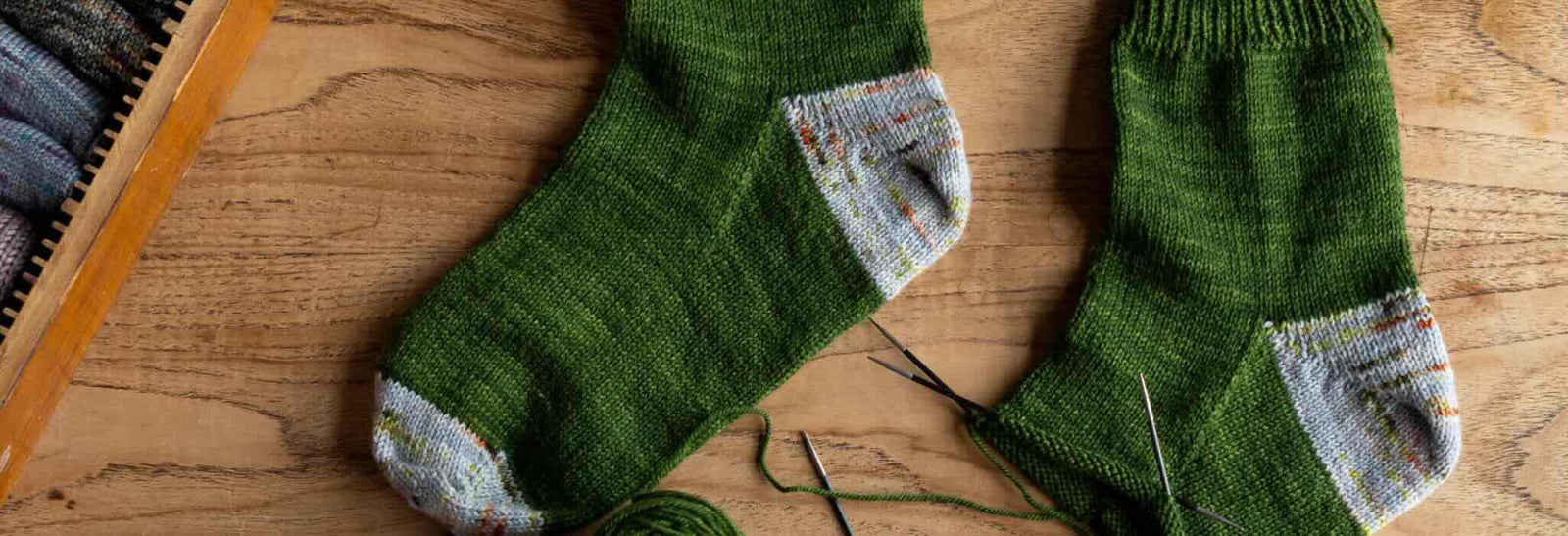
Deep Shadow Heel Tutorial
September 25, 2025

20 Years of Ysolda Knitting Patterns: Part 2
June 23, 2025

20 Years of Ysolda Knitting Patterns: Part 1
June 19, 2025
Recent Articles
-
Deep Shadow Heel Tutorial
September 25, 2025
-
20 Years of Ysolda Knitting Patterns: Part 2
June 23, 2025
-
20 Years of Ysolda Knitting Patterns: Part 1
June 19, 2025
-
Learn to Knit: Mattress Stitch
March 29, 2023
-
How to Knit a Scarf: A Beginners Guide to Scarf Knitting
March 23, 2023
-
Learn to knit: the long tail cast-on
February 03, 2022
-
How to Graft Your Knitting
December 09, 2021
-
Crochet Provisional Cast-on
December 02, 2021
-
Learn to knit: How to knit in the round with double pointed needles
November 25, 2021
-
Learn to knit: How to knit in the round using the magic loop technique
November 25, 2021
Free resources
-
KALS, step-by-step pattern guides and free patterns
Learn brioche with the free Daniel's Hat pattern
Tombreck - a free chevron beanie pattern
Working the brioche neck detail on the Polwarth sweater
Installing a zipper and ribbon, finishing wee Carson
Yarn colour ideas for Threipmuir sweater
Additional colourways for the Joy mitts (choose your pride flag)
How to join the shoulders on Wardie
How to join the pockets on Granton and Wardie
Finishing Resources for Granton
Broughton mittens tutorial part 1
Broughton mittens tutorial part 2
Broughton mittens tutorial part 3
Basics
Casting on
Decorative Channel Island Cast-on
Binding off
3 Easy Stretchy Bind-offs (p2tog bind-off; k2togtbl, k1 bind-off; Jeny's surprisingly stretchy bind-off)
Tubular Bind-off for brioche stitch
Increasing
Paired increase methods compared
How to continue in pattern while increasing and decreasing
Decreasing
Brioche stitch double decreases
Knitting in the round
How to Knit in the round using Magic Loop
How to Knit in the round using DPNs
Short rows
Swatching and gauge
Tips and tricks
Avoiding ears when binding off
Tighter purl stitches for neater cables and ribbing
Cabling without a cable needle
How to knit more symmetrical yarn overs
Bust darts in sweaters with all over stitch patterns
A magic formula for evenly distributing shaping
Superwash v Non-Superwash Wool
Picking up sts from the middle of the fabric
Reading knitting patterns
Understanding "continue in pattern"
Help! Where am I in my knitting project?
Using charts, even if you hate them
Finishing
Garment knitting
Joining the body and sleeves on a seamless bottom up sweater
Sizing
Ysolda’s sizing chart for knitwear designers
Inclusive garment knitting
How to pick a garment without a model for you (specifically addresses finding garment patterns when your gender identity isn't represented and the styles you want to knit might not be sized to fit your body)
How does ease affect inclusive size ranges?
Specific stitch patterns
Lace
Identifying and fixing mistakes in lace knitting
Colourwork
Getting started with stranded colourwork
Understanding colour dominance
Working stranded colourwork over small circumferences
Decreases in stranded colourwork
Holding the yarn for stranded colourwork
Ladderback Jacquard (a neat way to deal with long floats)
Cables
Cabling without a cable needle
Cabling without a cable needle on the wrong side
How to knit cabled decreases
Closed ring cable increases and decreasesBrioche
How to work brioche stitch in the round
Other crafts
Cross stitch
How to begin your first large cross stitch project
How to finish a cross stitch project with an embroidery hoop frame
Mending

Sign up today
Find out the latest news from the studio such as sales, pattern releases, and new workshops or KALs our learning community, The Knitwork. We also share helpful tips and exclusive subscriber discounts...



